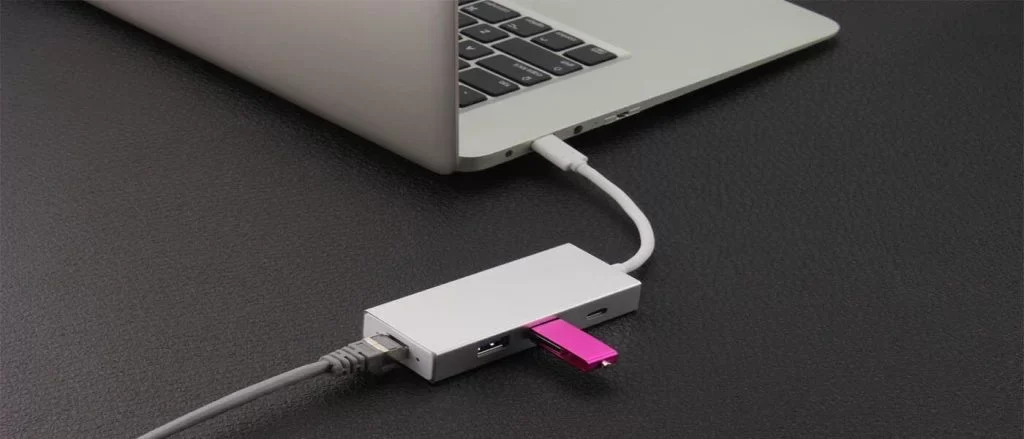How to Boot HP Laptop from USB: A Simple Guide to Booting from USB on HP Laptops
- 1. Why Boot from USB on an HP Laptop?
- 2. How to Enable USB Boot on HP Laptop
- 3. Steps to Boot HP Laptop from USB
- 4. Troubleshooting USB Boot Issues on HP Laptop
- 5. Using USB Boot for System Recovery and OS Installation
1. Why Boot from USB on an HP Laptop?
Booting your HP laptop from a USB drive is a powerful tool that can help in various situations. Whether you're looking to install a new operating system, run a diagnostic tool, or recover from a system crash, booting from USB offers a convenient and efficient solution. It’s particularly useful if your internal hard drive is not working or you need to perform system repairs.
Additionally, USB booting allows you to run live Linux distributions, use system recovery utilities, or access a variety of software tools without needing to install them directly onto the laptop’s hard drive. If you need to bypass a corrupt operating system or perform a fresh installation of Windows, booting from USB is one of the quickest ways to get your HP laptop back on track.
2. How to Enable USB Boot on HP Laptop
Before you can boot from a USB drive on your HP laptop, you need to ensure that the laptop's BIOS (Basic Input/Output System) is configured to allow USB booting. Here’s how to enable it:
- Restart your HP laptop and press the ESC key or F10 as soon as the HP logo appears to enter the BIOS menu.
- In the BIOS menu, navigate to the System Configuration tab using the arrow keys.
- Find the option for Boot Options and ensure that Boot from USB is enabled.
- Save the changes and exit the BIOS settings by pressing F10 and confirming the changes when prompted.
- Now, your HP laptop is ready to boot from a USB device.
If you don’t see the USB boot option, your laptop’s BIOS may need an update. Check HP’s support website for instructions on updating the BIOS to the latest version.
3. Steps to Boot HP Laptop from USB
Once USB boot is enabled in the BIOS, follow these steps to boot your HP laptop from a USB drive:
- Insert your bootable USB drive into an available USB port on your HP laptop.
- Restart the laptop, and immediately press ESC or F9 when the HP logo appears to access the Boot Menu.
- In the Boot Menu, select the USB device as the boot device. Use the arrow keys to highlight the USB option and press Enter.
- Your HP laptop should now boot from the USB drive. You can follow on-screen prompts for installation or recovery.
If your laptop does not boot from the USB drive, double-check that the USB drive is properly formatted and that it is indeed bootable. Sometimes, you may need to create a bootable USB drive again if it wasn’t set up correctly.
4. Troubleshooting USB Boot Issues on HP Laptop
If you encounter any problems booting from USB on your HP laptop, here are a few common issues and troubleshooting tips:
- USB Drive Not Recognized: Make sure that the USB drive is properly inserted and recognized by the BIOS. You can try using a different USB port or create a new bootable drive.
- Wrong Boot Order: Ensure that the USB device is set as the first boot option in the BIOS or Boot Menu.
- Corrupted Bootable USB Drive: If the USB drive is corrupted or not set up properly, your laptop may fail to boot. You can recreate the bootable USB drive using tools like Rufus or the Windows Media Creation Tool.
- UEFI vs Legacy Boot Mode: Some newer HP laptops use UEFI (Unified Extensible Firmware Interface) rather than the traditional BIOS. If you can’t boot from USB, check whether your system is set to UEFI mode and try switching to Legacy mode if needed.
For detailed troubleshooting steps, refer to the official HP support website or contact their customer service for assistance.
5. Using USB Boot for System Recovery and OS Installation
One of the most common reasons to boot an HP laptop from USB is for system recovery or OS installation. Here’s how you can use this method for both purposes:

Action Computers Inc. -- Denver Location
2890 S Colorado Blvd F, Denver, CO 80222, USA
System Recovery
If your HP laptop is having trouble starting up, you can use a USB drive to access recovery tools. This is especially useful if your laptop’s hard drive has crashed or if you’re facing serious system errors. Simply boot from the USB drive, and choose the recovery option to restore your system to a previous state or perform a factory reset.
OS Installation
Installing a new operating system, such as Windows 10 or Linux, from a USB drive is a simple and effective way to get your laptop up and running again. Just make sure the USB drive contains a bootable version of the OS installation files. Follow the on-screen instructions during the installation process to set up your new operating system.
For both system recovery and OS installation, make sure your laptop has enough battery life or is plugged into a power source during the process to avoid interruptions.




























